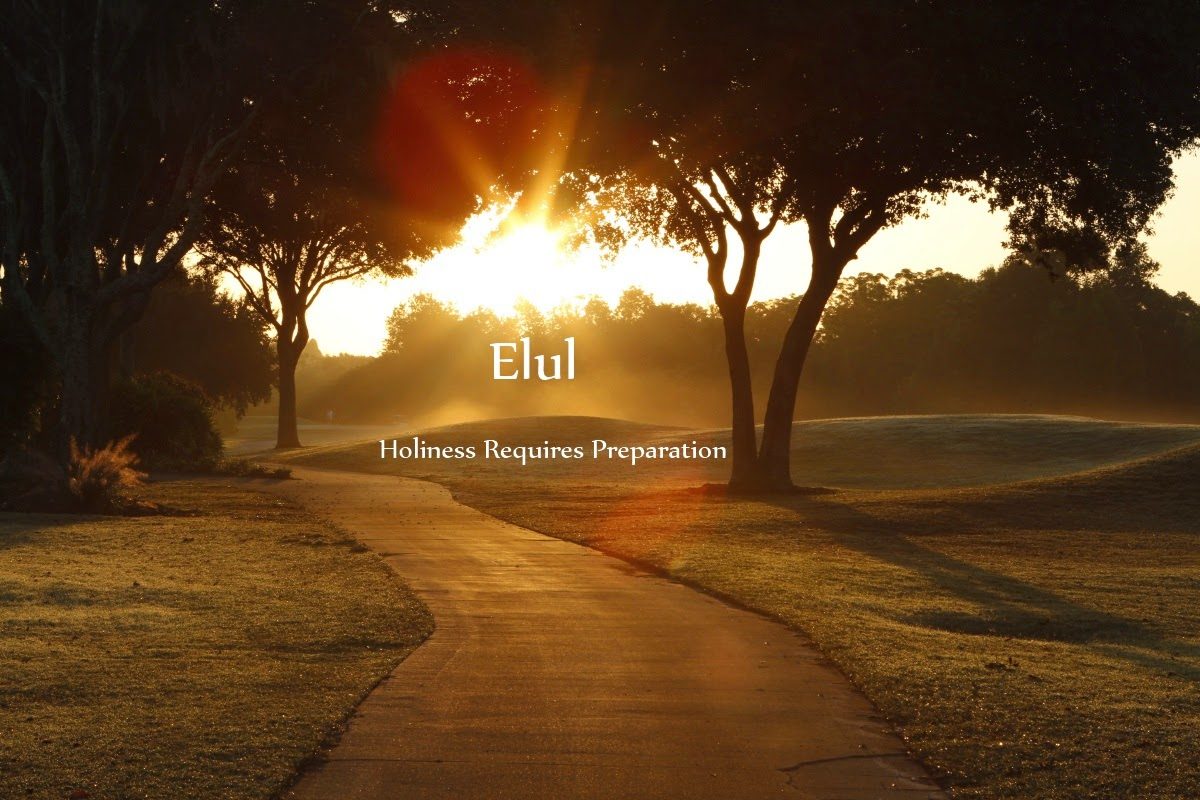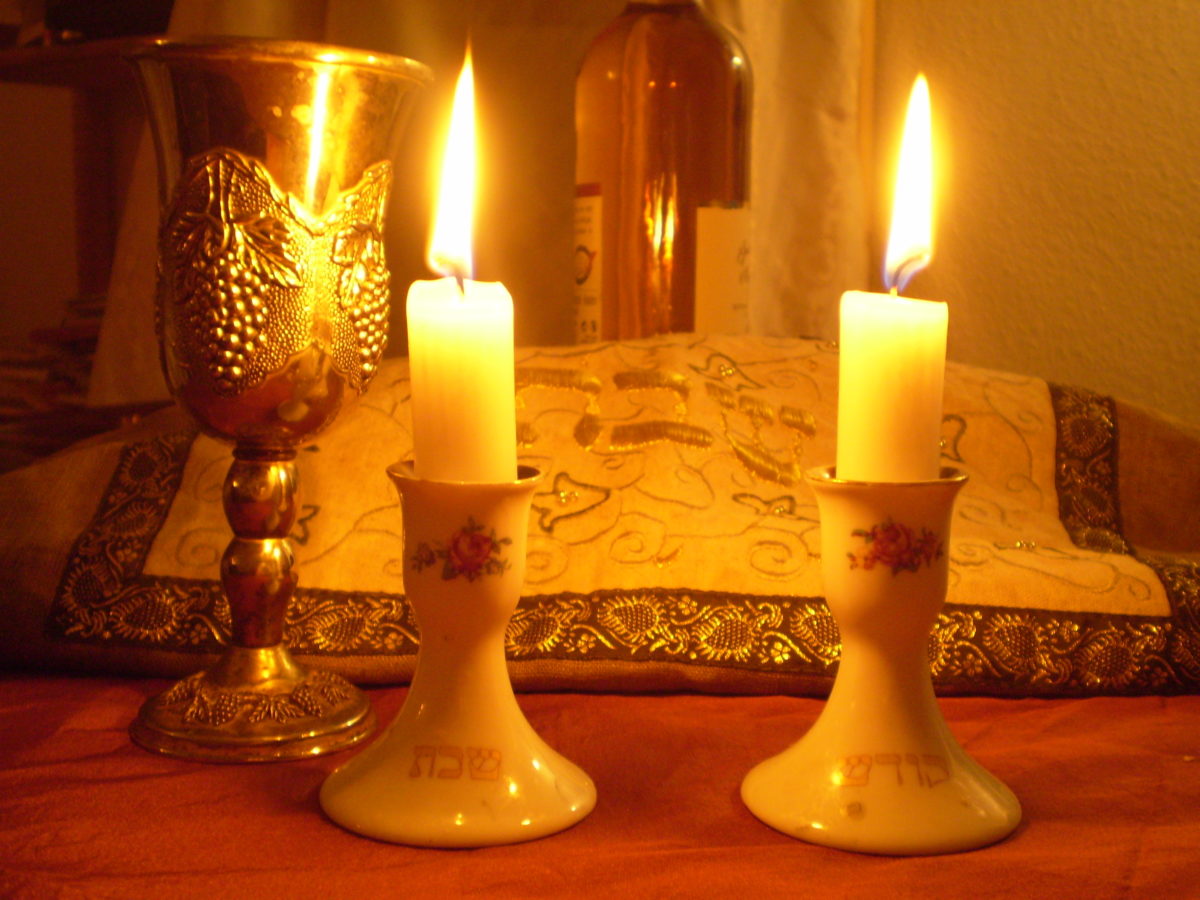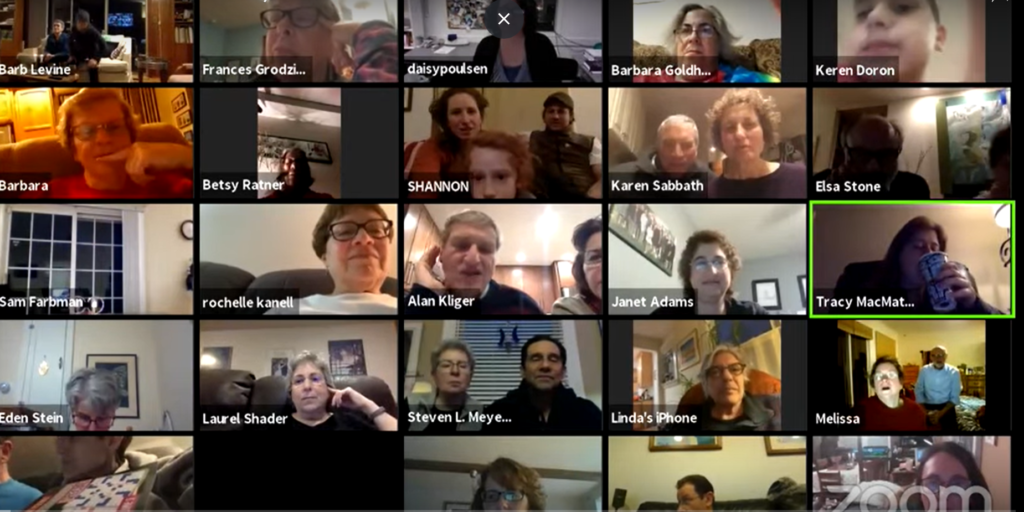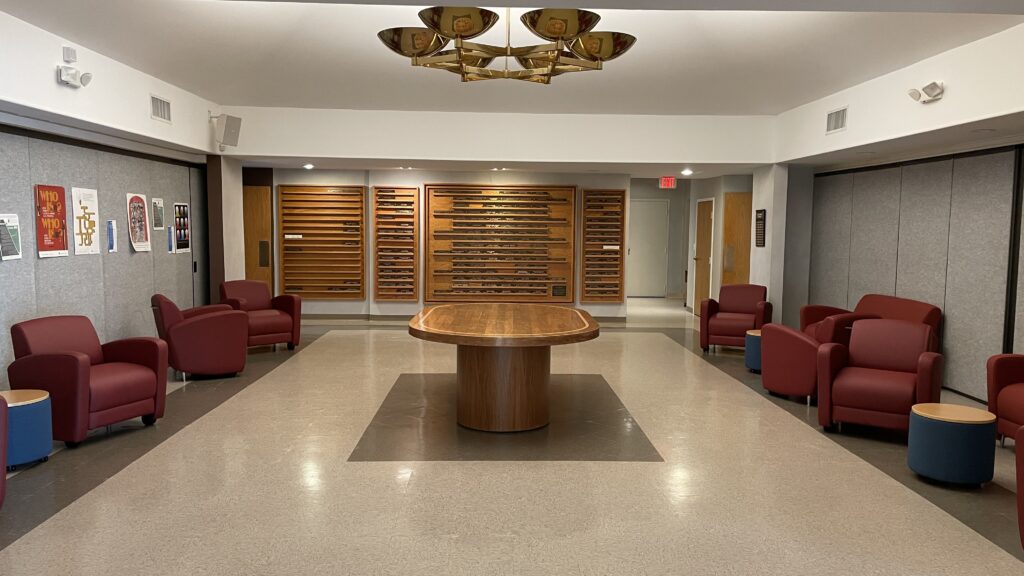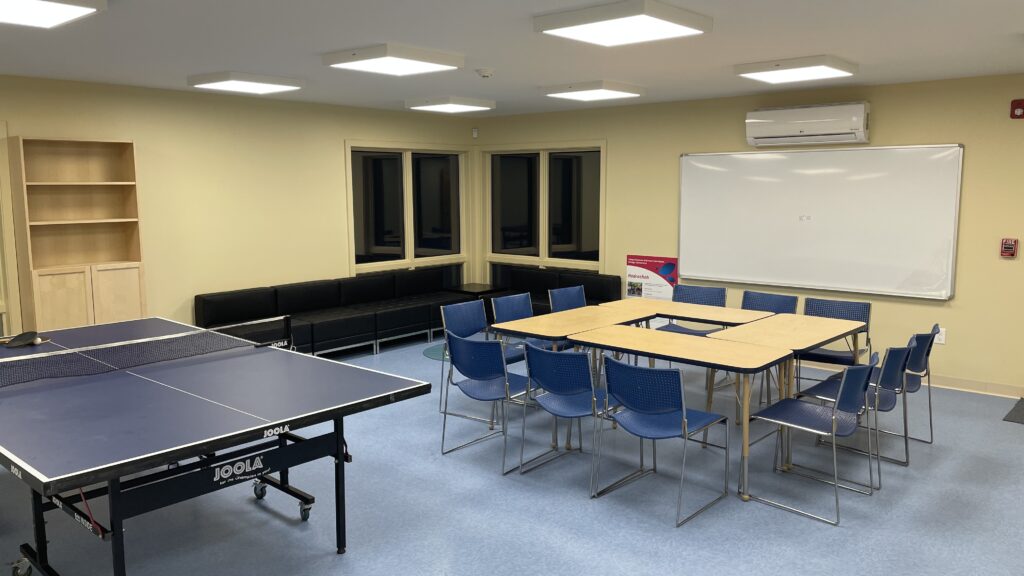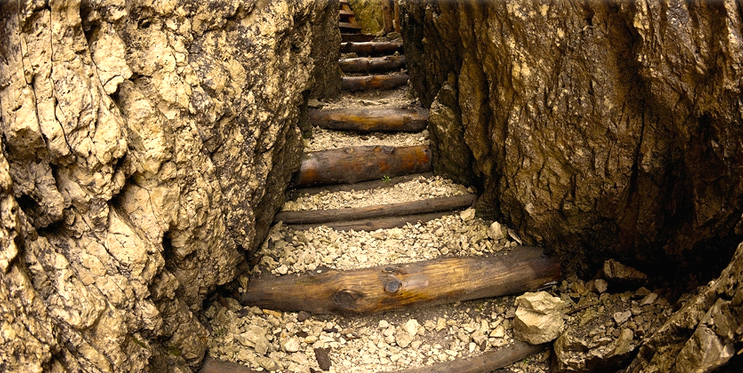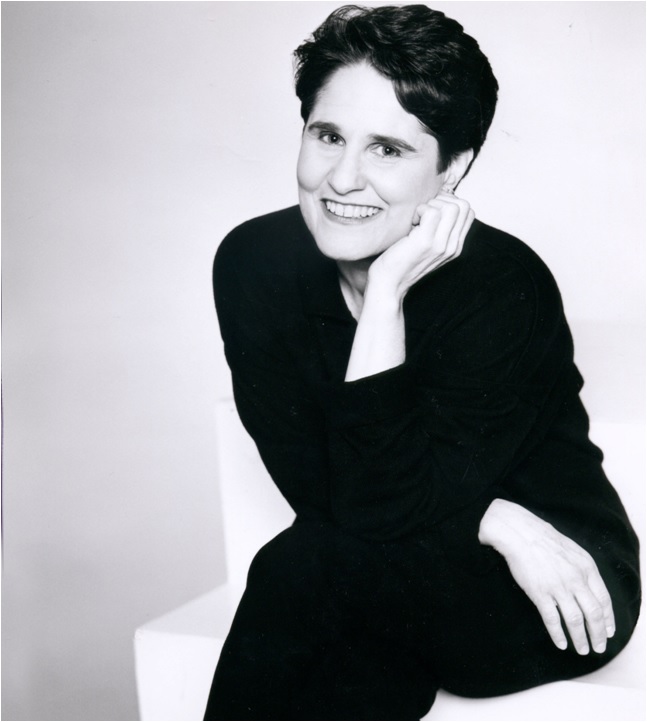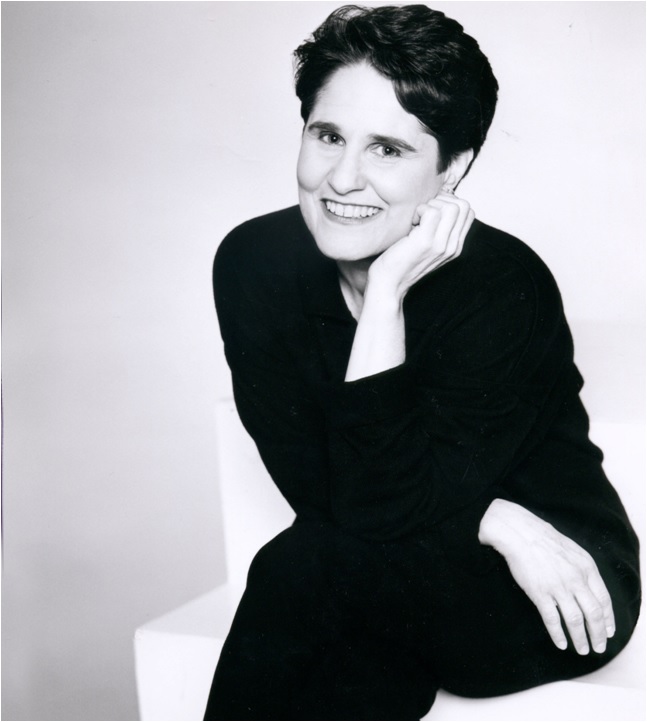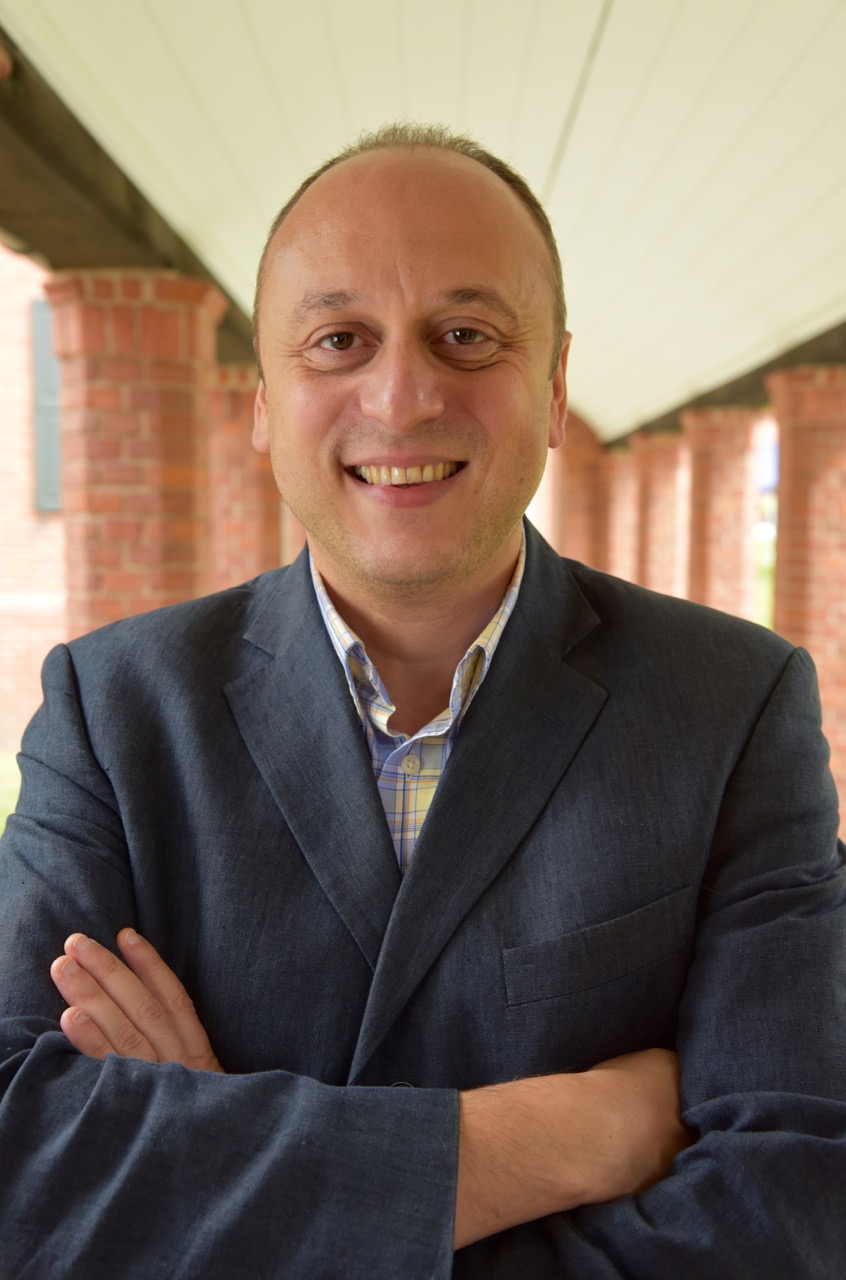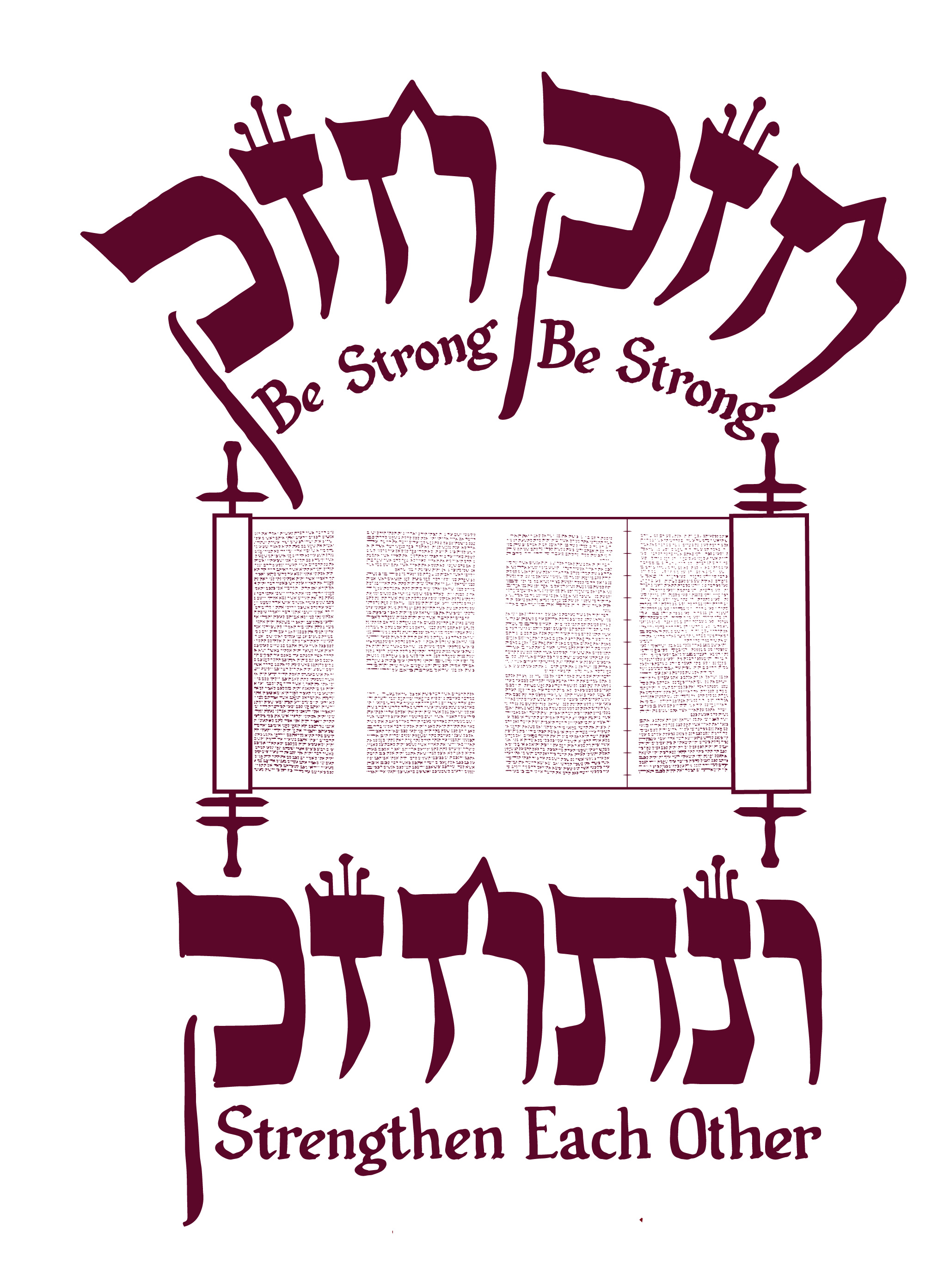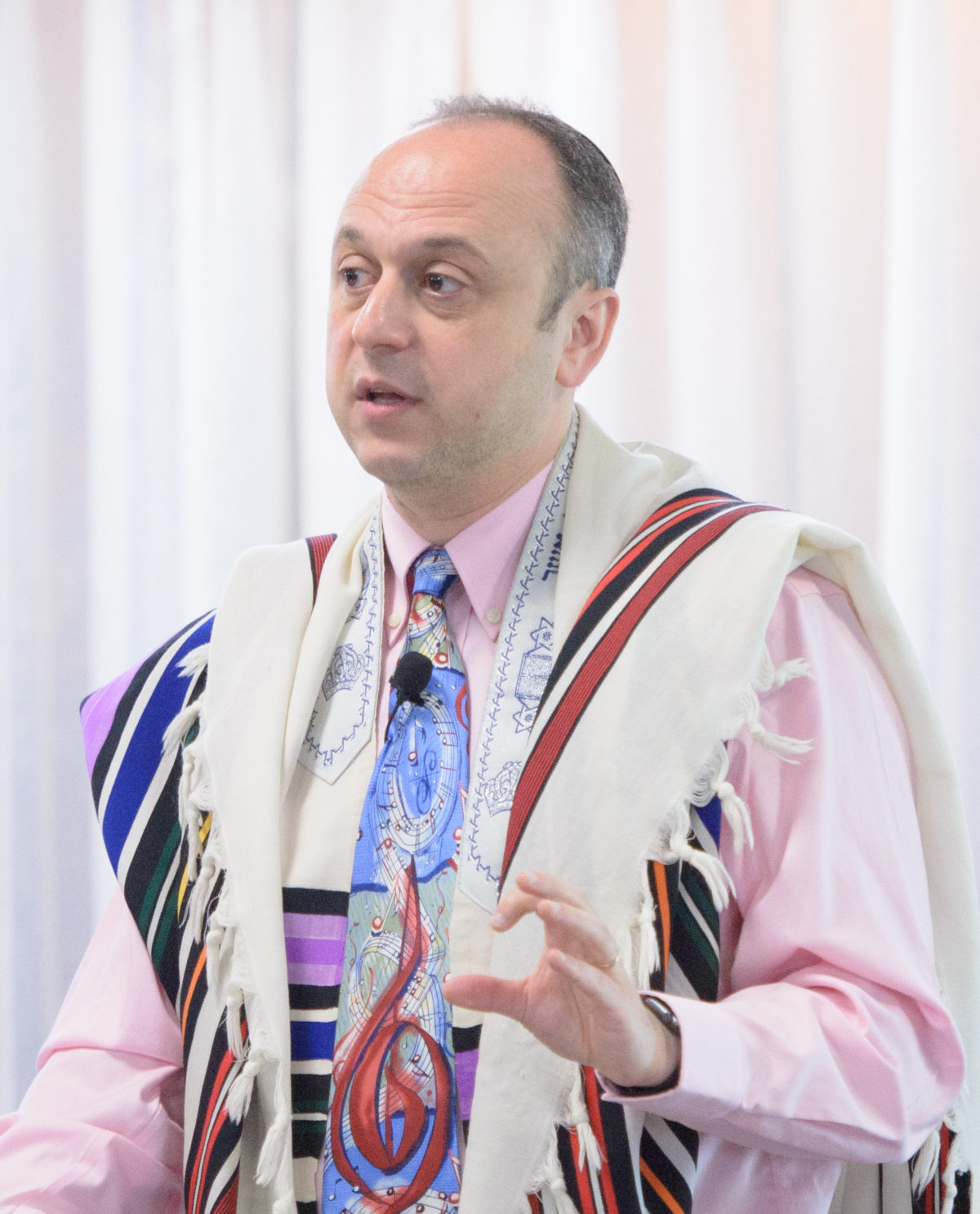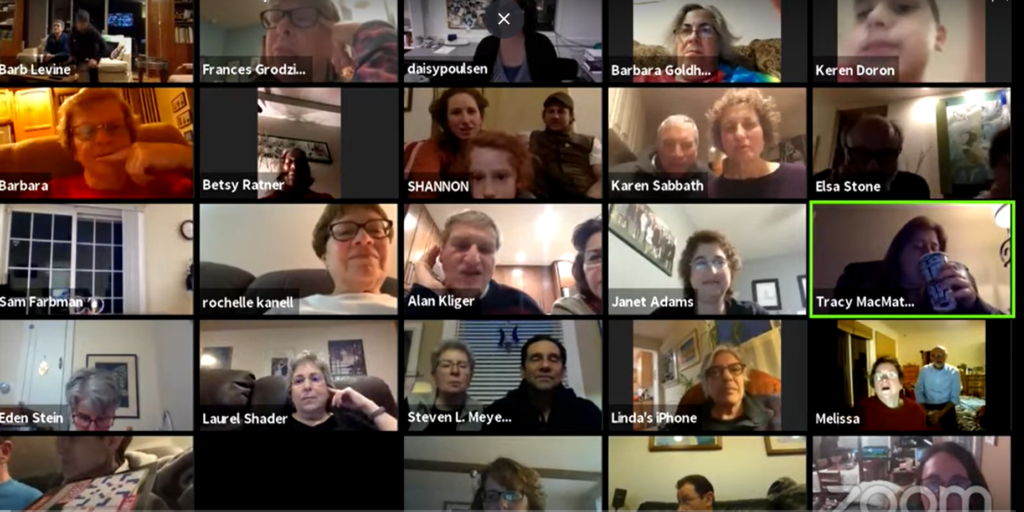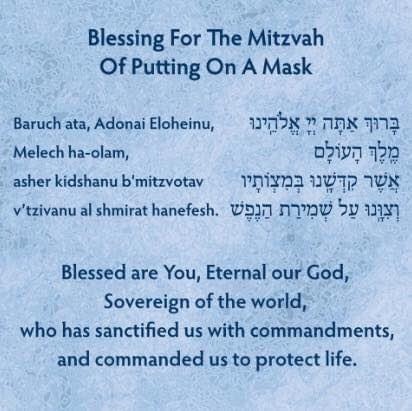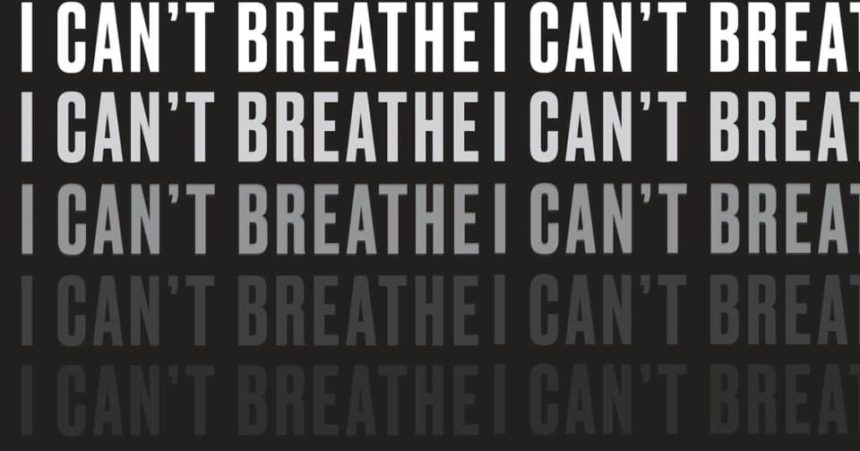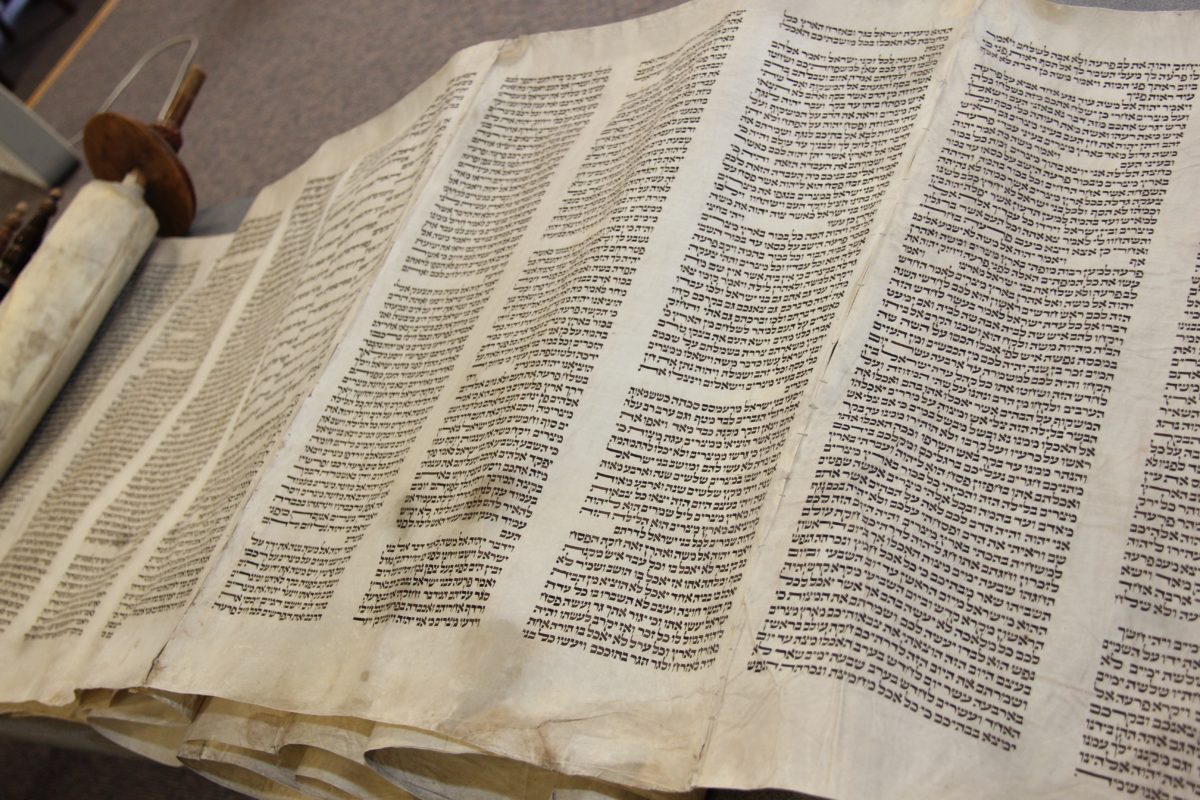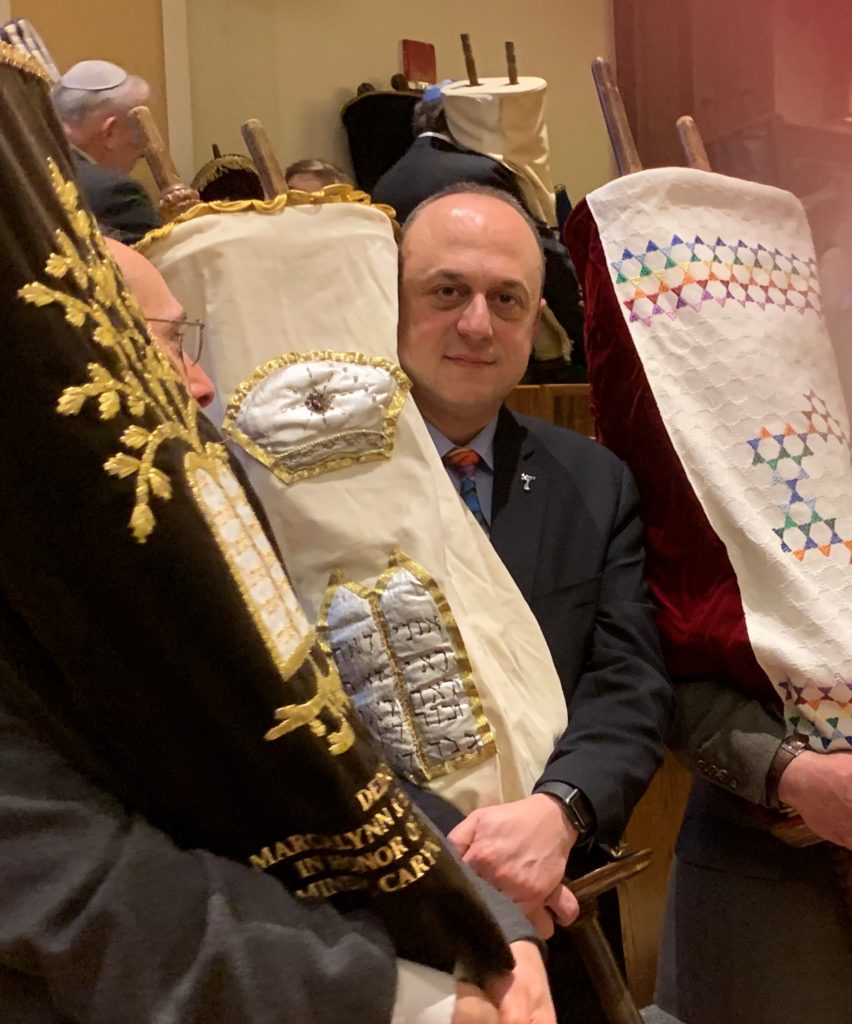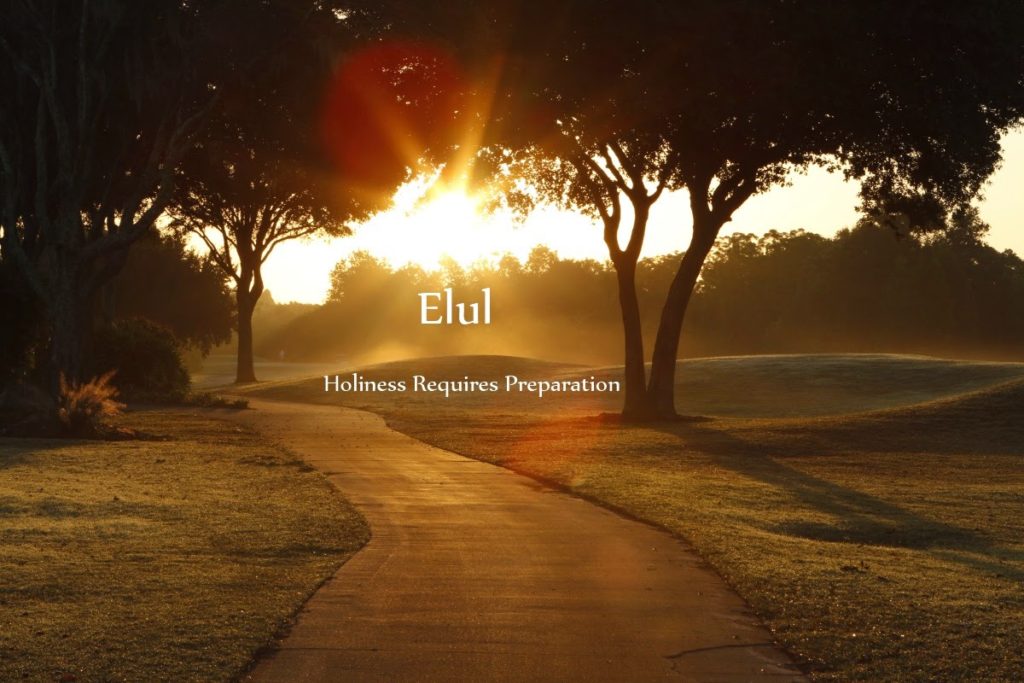
The arrival of the month of Elul in the Jewish calendar is always tinged with both excitement and sadness. The summer is beginning to wind down, and even though we may still have a few weeks of summer weather, fall is on the horizon, and with it the return of “regular” routines for many of us.
Of course, we continue to live in a world in which there’s nothing regular about our daily lives! The pandemic continues to challenge us in ways we never could have imagined — testing our resilience, our adaptability, and our creativity. The new “normal” means that kids are about to go back to school, commuters go back to battling the usual traffic volumes, and sooner or later the evenings become cooler as well.
In the Jewish calendar, the arrival of the month of Elul is a signal to switch spiritual gears. It reminds us that Rosh Hashanah is on its way, followed closely by Yom Kippur — and thus there’s no better time to begin the process of introspection, also known as ‘heshbon hanefesh’, accounting of the soul. How was my last year? Did I reach the goals I set out for myself? Did I remember to be kinder; to act justly; to color my actions in this world with Jewish values?
Did I fail? (I know I failed – I am a flawed human being!) And more importantly, when I did fail, how did I respond? Did I seek to fix my own mistakes? Did I acknowledge my failures and look for ways not to repeat them? One of the fundamental ideas we begin to consider with the arrival of Elul is how we can strive to rise above our flawed human nature to being a better version of ourselves. We begin this spiritual work ahead of time, and we continue throughout the festive season of High Holy Days, culminating in a day-long observance of Yom Kippur.
I always look forward to the High Holy Days with excitement; seeing so many TE members together in one room celebrating our ancient traditions fills my heart with joy. This year, the reality of the pandemic is once again preventing us from gathering safely, and so we will use technology to come together instead: on Zoom or via livestream, as well as meeting outside for a few smaller services. We will hold a Rosh Hashanah seder once again on the eve of Rosh Hashanah, an experience that so many of us found incredibly meaningful and inspiring last year. We will gather outside for tashlich, and (please God) we will gather in and around the TE sukkah later this month. In short, we will do what we do best – celebrate our Jewish traditions, our heritage and our way of life. May our journey of introspection this year bring us new insights into our own lives. May our holy day celebration be filled with meaning and joy.
Shanah Tovah — a sweet, happy and joyous 5782 to you all!
(This is a revised version of an article that previously appeared in the Shofar in the Fall of 2018.)
